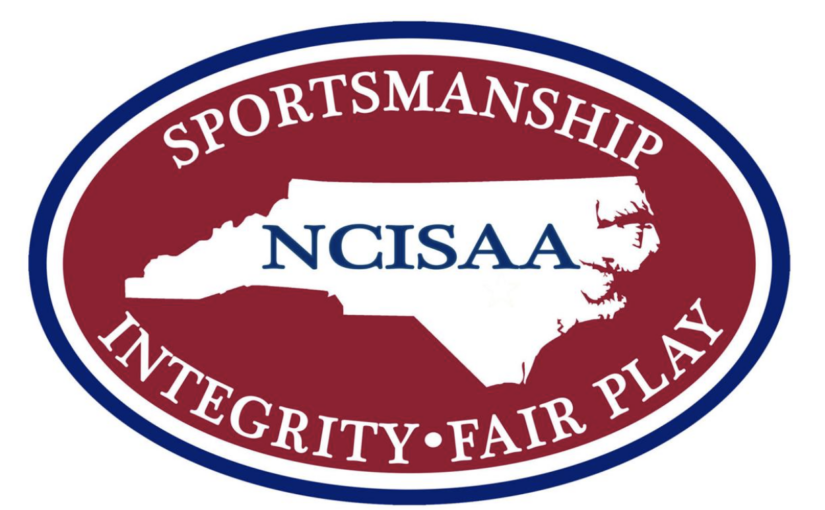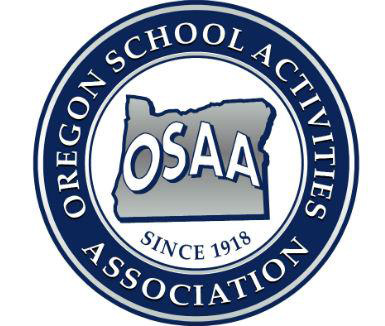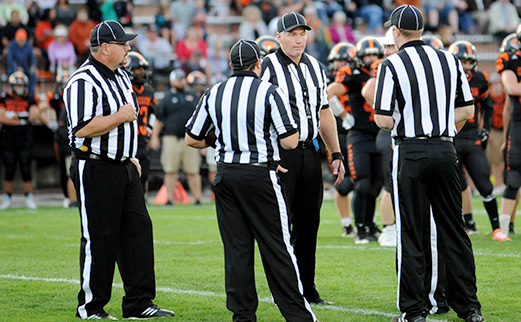No Big Payout For High Schools With Football Games On National TV
http://www.al.com/sports/index.ssf/2011/09/no_big_payday_for_prep_footbal.html
The high school season is four weeks old.
We’ve already seen ESPN broadcast three live Birmingham games to the rest of the world.Hoover and South Panola played on ESPN on an ideal Saturday with little else on the dial. It was seen by 878,000 households. The Nielsen ratings for a preseason NFL game the same day with Detroit and New England had 5.6 million viewers.
It’s not apples-to-apples, but a high school game getting about a sixth of the audience of a preseason NFL game is interesting.
The NFL TV package costs billions. There is no deal for high school coverage.
Hueytown and McAdory played last Friday on ESPNU. Ratings for ESPNU aren’t tracked as readily by Nielsen given the lesser exposure of that channel. But there were the same commercials and mini-billboards near the end zones trumpeting sponsors.
Hueytown and McAdory each received $500 and assorted coolers for three hours of programming. Organizer Paragon Marketing said the rights fees for games on ESPN and ESPN2 are $1,000 per school and $500 for ESPNU games.
Hoover Athletics Director Myra Miles did not cite a specific number, but said the school came away with $300 after expenses for a game seen by almost 900,000 people on ESPN.
Prattville High, which faced Aquinas of Florida on the same field that day on ESPN and drew 755,000 viewers, didn’t make a dime. It had several thousand dollars in charter expenses covered for five-six luxury buses to Hoover, but that was it.
That smells funny, right?
The stench increased considering the cost of football at schools with reduced state funding.
It now costs $1,000 to outfit a player from helmet to cleats. It costs Prattville $1,500 to feed the 100-plus players on the varsity roster a pregame meal.
One media analyst contacted for this story used the term “fleecing” when hearing those rights fees.
Another source that has produced prep football broadcasts for years said that’s a number he’d pony up for a big local game.
There’s a high cost to produce a game on TV at ESPN’s standards. One production company said it costs $65,000-$70,000 for a broadcast of the level that ESPN delivers for varsity football. The games mirror an ESPN Thursday college broadcast in cameras, graphics, replays and talent.
ESPN’s networks smartly package their lineup to showcase Top 25 matchups and elite prospects to appeal beyond local markets.
When Hueytown’s Jaboo Winston played last Friday, his national appeal was clear. He’d dazzled on ESPN at the Elite 11. He was important to every Florida State fan that knows the country’s top-rated passer has committed to their school.
ESPN feels it serves its college audience with these games; there’s a growing market for games fueled by recruiting interests.
The SEC has a 15-year deal with ESPN for college sports that reportedly topped $2 billion. If televised SEC sports are now worth $130 million per year, does a package of the nation’s top varsity football games rate $5 million?
What does it rate? That’s the big question.
The top-rated live high school football game in ESPN history drew a 1.03 rating. That was Hoover and Nease with Tim Tebow in 2005. That rating is close to what Navy-South Carolina did in prime time on ESPN2 last Saturday.
That said, broadcasters hold all the cards, even over a top-ranked school, or a program with another Winston.
Prattville coach Jamey Dubose said if he had to, he’d eat the costs of those buses. He gave up a home game this year to play on ESPN. An average home crowd at Prattville yields about $18,000-$20,000 at the gate, Dubose said.
Broadcasters know this.
“I don’t know if my players would forgive me if I cost them a once-in-a-lifetime deal to play on ESPN,” he said. “. . . It helps with college recruiting and everything we do.”
Miles, the Hoover AD, added that the ESPN games benefit the community with packed restaurants and hotels.
These schools are not complaining about their end of the deal but can’t help but wonder what the other side is making.
“At the end of the day if they know you’re not going to say no, then they’re going to pay you what they want to pay,” Hueytown coach Matt Scott said. “If you won’t do it for that exposure, they’ll quickly find somebody else who will.”
Paragon Marketing is an Illinois company that has organized the ESPN games since 2002. The company bio on its website lists 77 games it has aired on ESPN’s networks from 27 states.
Rashid Ghazi manages Paragon’s relationship with ESPN. He said it’s easy to match teams for a game. He stressed finding the national advertisers to support the package as the biggest difficulty. The broadcast went without a title sponsor last season.
Ghazi said another division of his company served as an underwriter for the high school coverage during the lean years.
He brought up three examples of how the broadcast stuck with its plans even though a star prospect got hurt and took away the national drawing card. It lost $20,000 when a high school basketball game with Greg Oden was snowed out.
“We cannot share the numbers we make on these games,” Ghazi said. “But if this was a hugely profitable business then CBS College Sports, Fox Sports Net, TBS, TNT, USA and Versus would all have a national game each week.”
He said national advertisers pay a lower rate than they do for other sports because the audience is smaller compared to college or NFL games.
But those who look at advertising revenue as a lone reason for the existence of prep TV miss the appeal. Its costs are low other than the broadcast expenses. It is dramatic filler programming.
And the old mentality of live broadcasts hurting ticket sales is eroding.
While ESPN’s scope is national, Time Warner Cable recently agreed with the California Interscholastic Federation on a 15-year deal worth $1.5 million per year for media rights to statewide playoff events on cable, Internet and mobile devices.
This playing field is changing rapidly.
If I’m the Alabama High School Athletic Association, I’m watching this closely. If I’m a high school coach with a top national prospect, I’m looking for a coach in my state with another blue-chipper to get a game contract.
I’d take that contract to the networks. See what the bids look like. That’s the only way to see if there’s a profit center for schools in the TV business, too.







